According to Michelin Guide, introduced by the French in the mid-19th century, coffee in Vietnam has overcome many ups and downs of history, becoming a Vietnamese culinary heritage. Today, the phrase "going for coffee" not only includes the act of enjoying a cup of coffee but also the close friendship when meeting friends or discussing work.
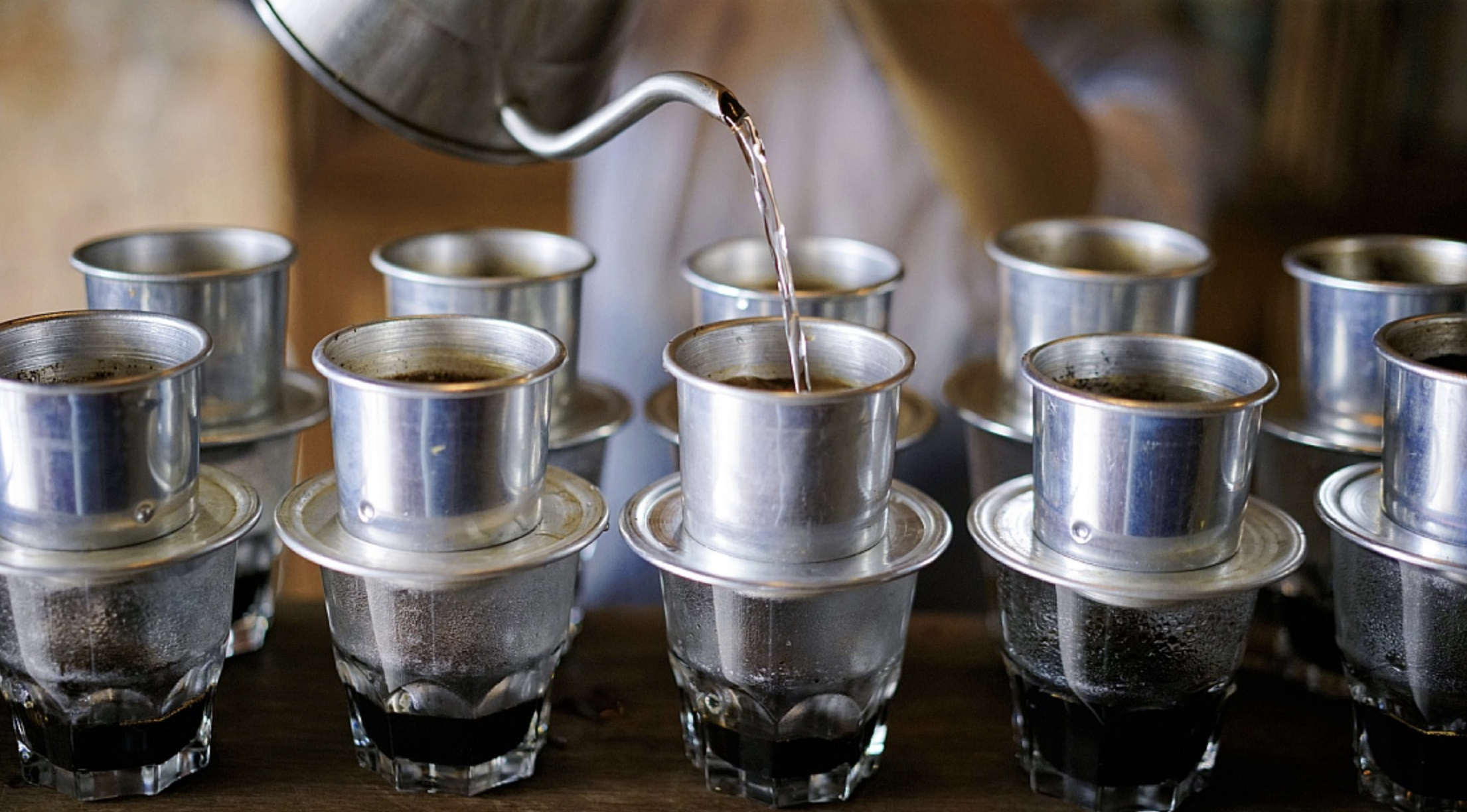
Coffee was introduced to Vietnam in the mid-19th century.
"In Vietnam, coffee is not just a drink but also a social ritual," Michelin Guide commented.
Iced milk coffee: Vietnam's iconic coffee
The Michelin Guide calls Vietnam's ca phe sua da a "real gem" among Vietnamese coffees. The classic drink is made by letting ground coffee slowly drip through a filter into a glass filled with condensed milk and ice.
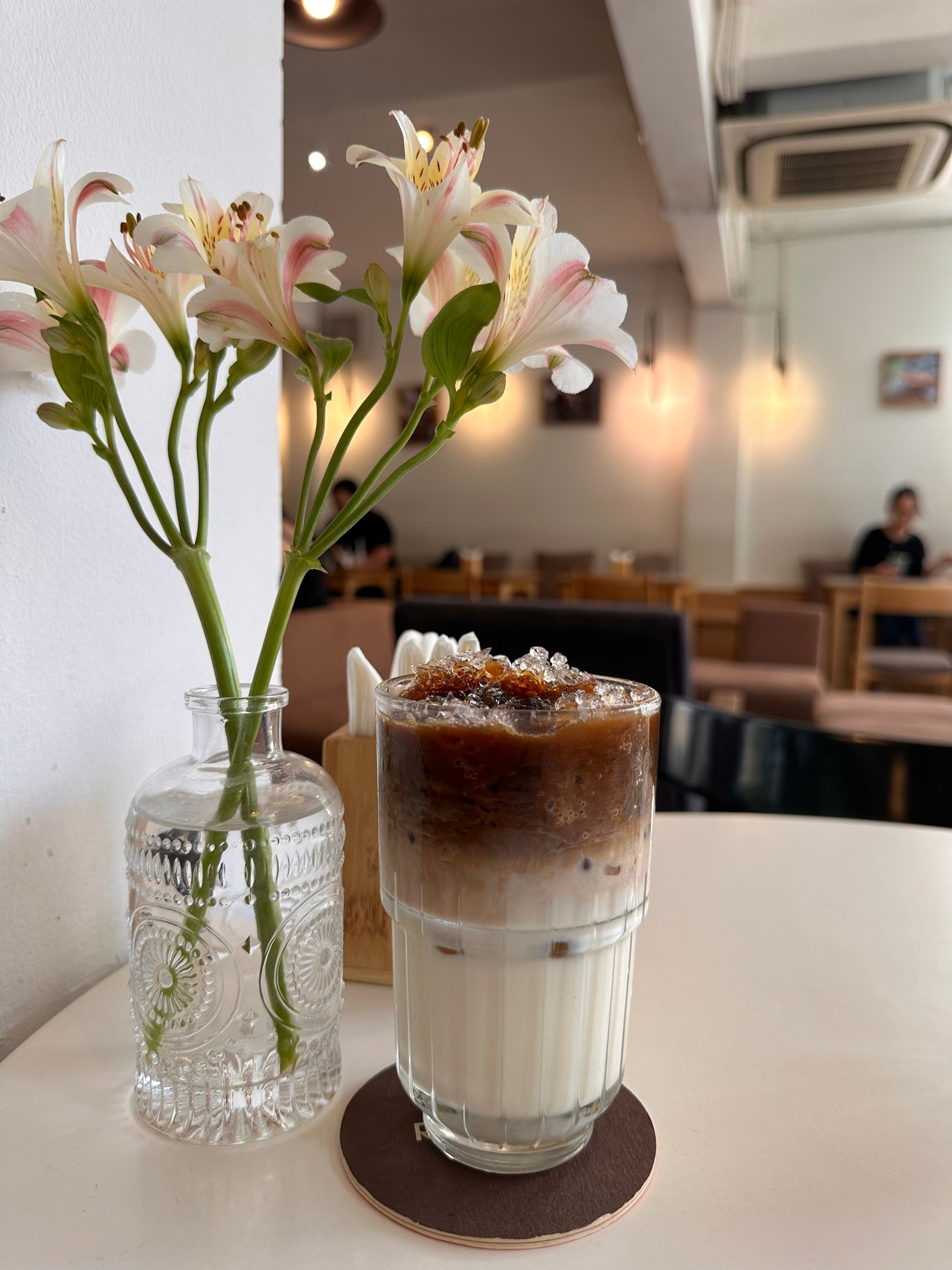
Iced milk coffee is the iconic coffee of Vietnam.
The blend of flavors, between the bitterness of coffee and the rich sweetness of condensed milk, is what makes iced milk coffee impress coffee lovers.
"Originating on the bustling streets of the city, this iconic drink has traveled from roadside stalls to find a place on the menus of five-star venues. Today, iced milk coffee has become a staple of Vietnamese restaurants around the world," the Michelin Guide added.
Bac Xiu: Coffee blends three cultures
Crafted by the Chinese living in Saigon's Chinatown in the early 20th century, Bac Xiu emerged as a testament to Saigon's rich culture, blending influences from Chinese, Vietnamese and French traditions.
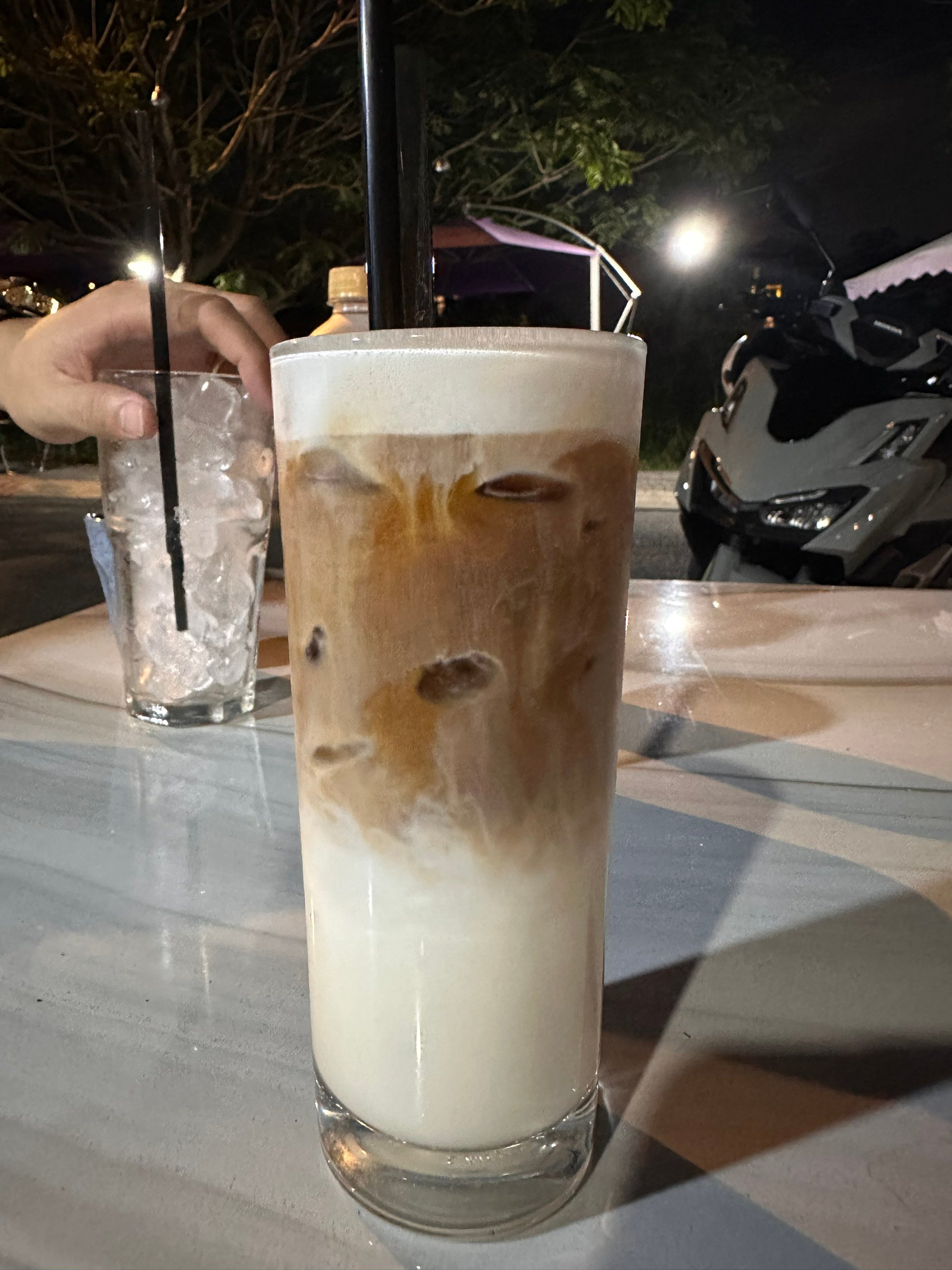
Bac Xiu is a coffee that many people love.
According to the Michelin Guide, because the strong bitter taste of black coffee and milk coffee is a challenge for women and children who are not used to its taste, the Chinese came up with a creative solution. They modified the traditional milk coffee recipe, adjusting the ratio of coffee and milk to make it more palatable.
Egg Coffee: Hanoi Coffee Masterpiece
"In the 1940s, when sugar and milk prices skyrocketed, Mr. Giang, founder of the Giang Cafe in Hanoi, switched to egg yolks, inspired by his experiences at the Metropole Hotel and the appeal of cappuccino," Michelin said of the origin of this coffee.
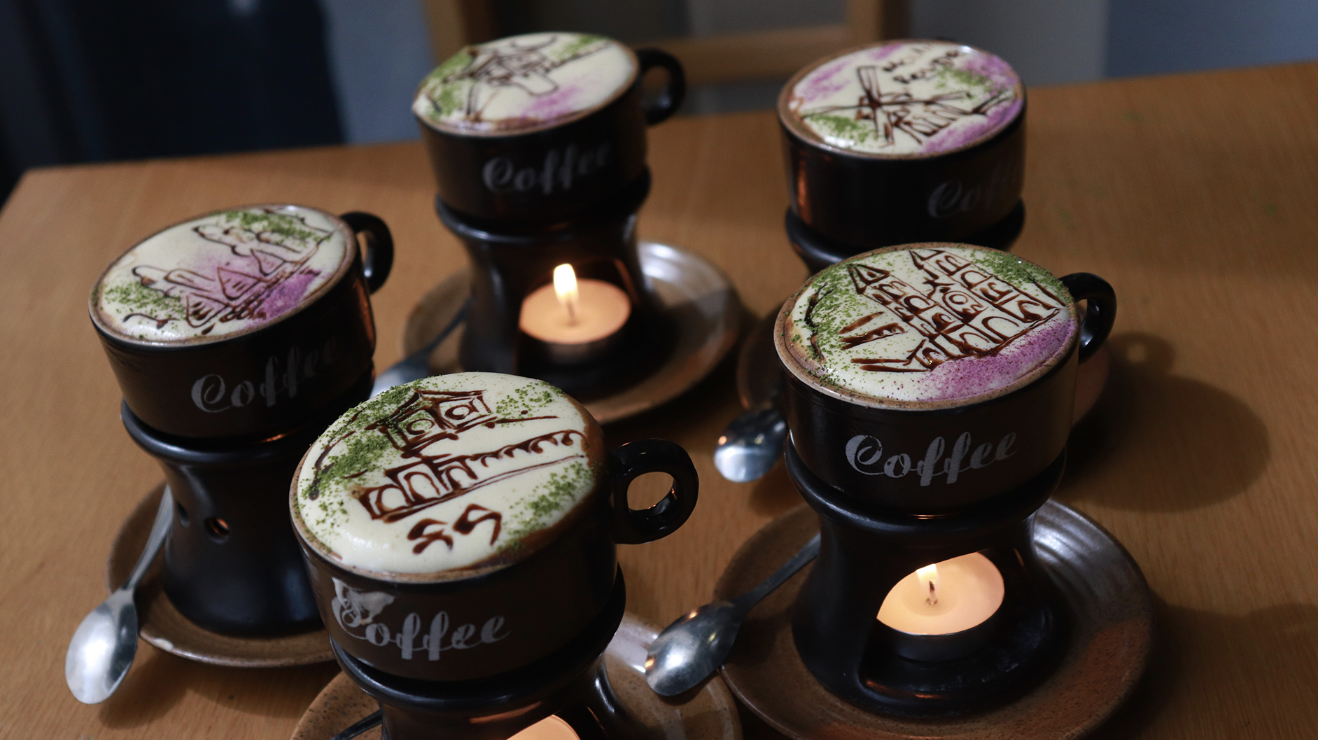
Egg coffee is considered a masterpiece of Hanoi coffee.
Michelin noted that this clever substitution created a golden cream on a rich coffee base, interwoven with a hint of bitterness and the smooth creaminess of eggs, subtly sweetened with honey.
Served in small cups, Vietnamese egg coffee is a sensory experience, according to the Michelin Guide. With its balanced composition, it is a drink that is both enchanting and seductive.
Salt Coffee: A Unique Culinary Adventure
Salt Coffee, according to Michelin Guide, is a blend of long-standing coffee tradition and 21st-century creativity. Originating from the ancient capital of Hue, this innovative blend combines Robusta coffee beans with a touch of salt, creating a delicate balance between bitterness and sweetness.
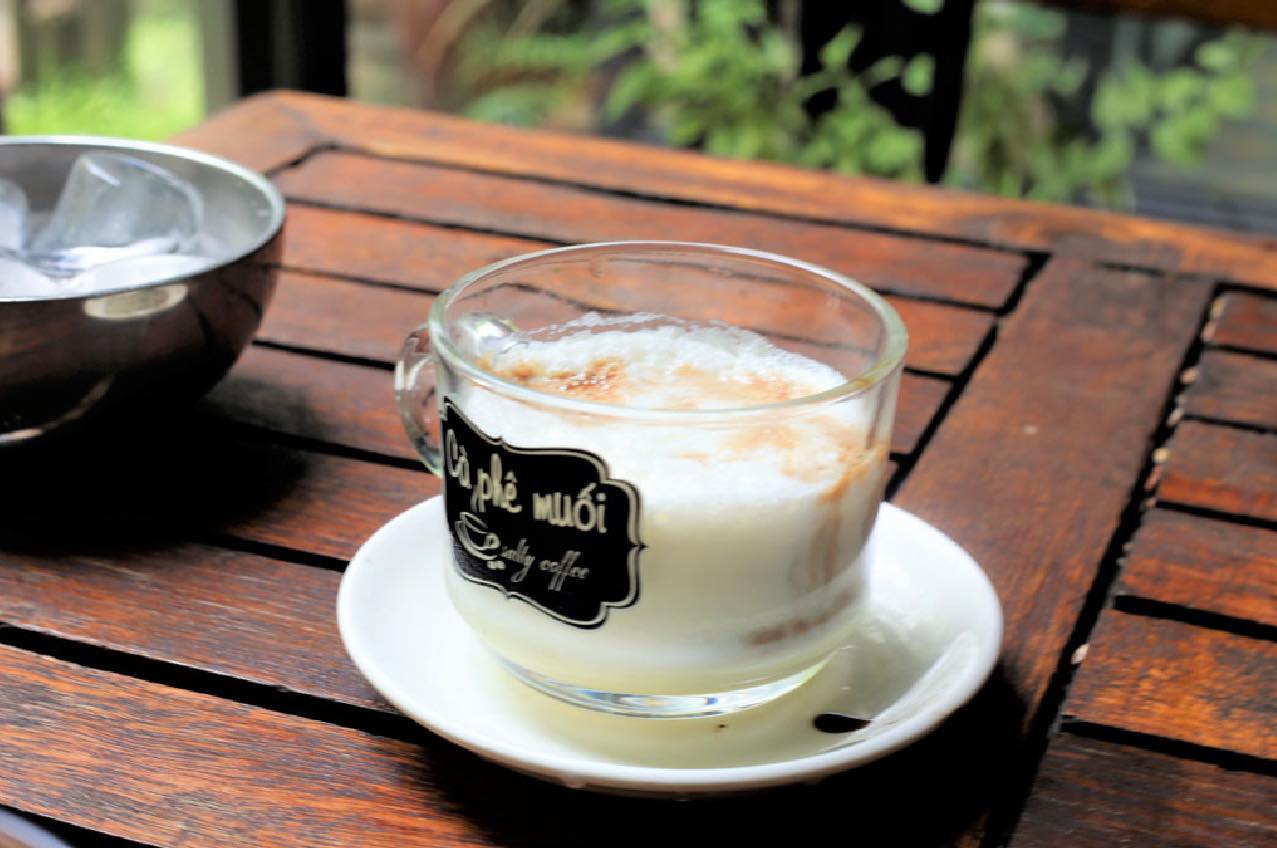
Salt coffee is popular in recent years.
"Served in layers, with condensed milk at the bottom, coffee in the middle and cream on top, Vietnamese salted coffee is a unique culinary adventure. It combines salty, sweet and bitter flavors that blend harmoniously. When stirred together, the saltiness accentuates the rich flavor of the coffee while softening the bitterness and enhancing the sweet, creamy taste of the milk," the Michelin Guide describes.
Coconut Coffee: A Symphony of Flavors
This coffee blend, according to the Michelin Guide, demonstrates the Vietnamese love for coconut delicacies. The attractive blend blends the rich aroma and bitterness of pure coffee with the sweet, creamy taste of coconut milk and condensed milk, creating a symphony of flavors that captivates the senses.
Making a cup of coconut coffee involves a meticulous process. First, coconut milk is blended with condensed milk and ice cubes until it reaches a velvety smoothness. Meanwhile, black coffee is shaken vigorously in a bottle until a light brown foam forms on the surface.
Finally, the coffee is delicately poured into a glass, followed by a slow, graceful flow of concentrated coconut milk, creating a beautifully flavored and visually appealing beverage. "With each sip, the coconut coffee transports the drinker to a tropical paradise…", the guide describes.
Fresh fruit cold brew
Bringing a new twist to Vietnam's coffee culture, cold brew coffee (coffee steeped in cold water instead of brewed with boiling water) has quickly won the hearts of diners in bustling cities like Ho Chi Minh City and Hanoi.
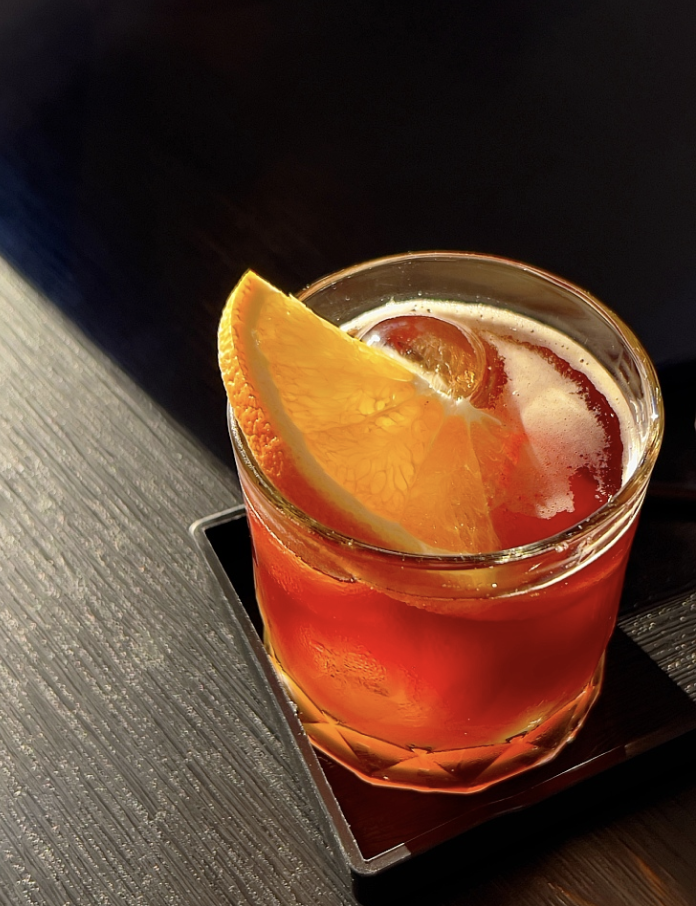
Cold brew - coffee that is steeped cold instead of brewed with boiling water
This innovation applies the traditional cold brew method, allowing 100% Arabica coffee to blend with the vibrant flavors of fruits or juices, such as orange, lychee or apricot, taking the experience of this beverage to a new level.
Source link


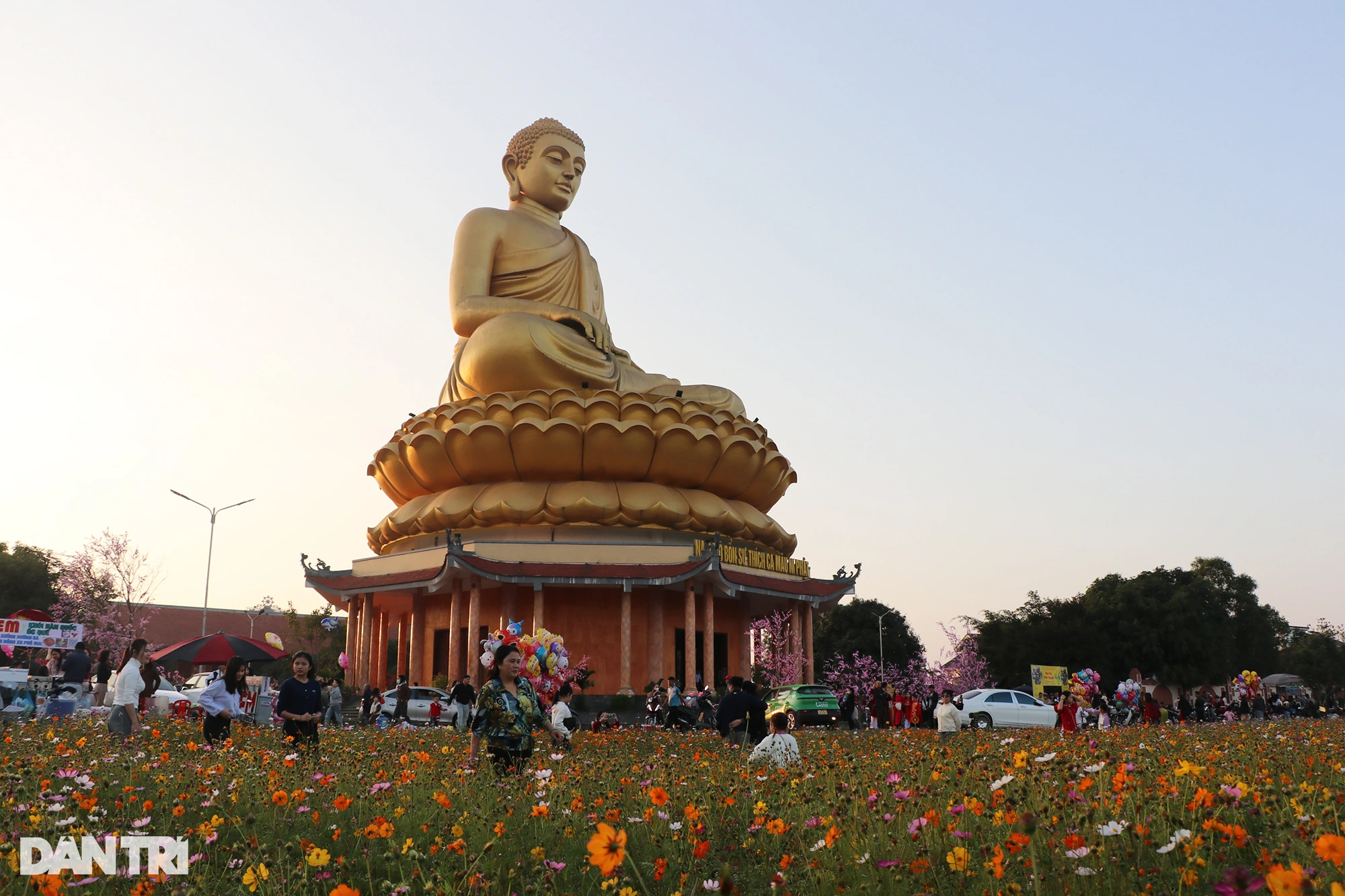



















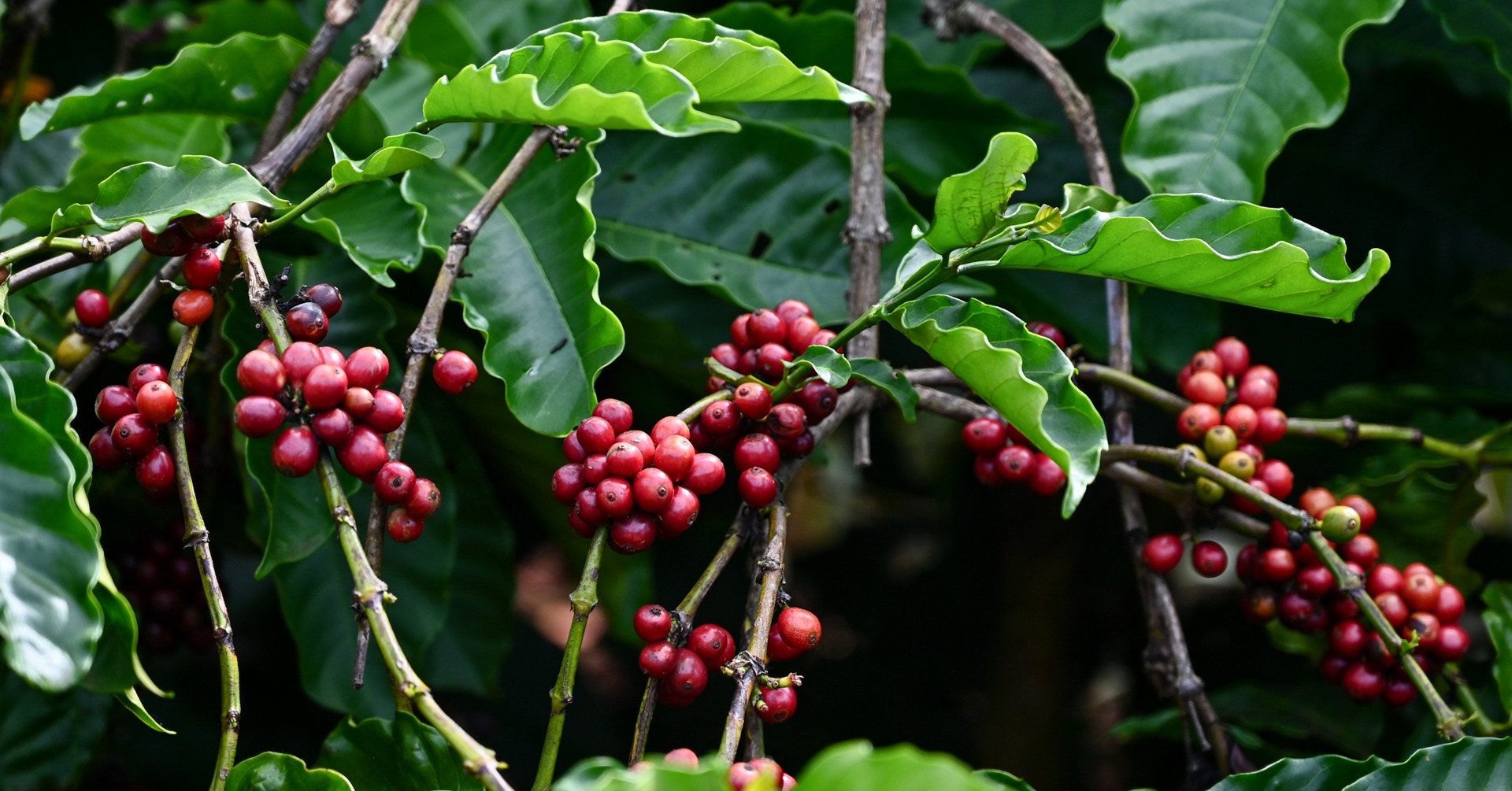

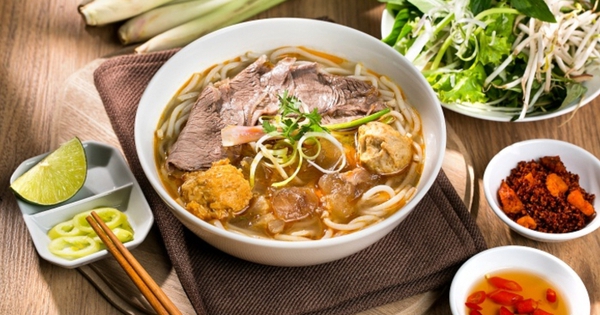

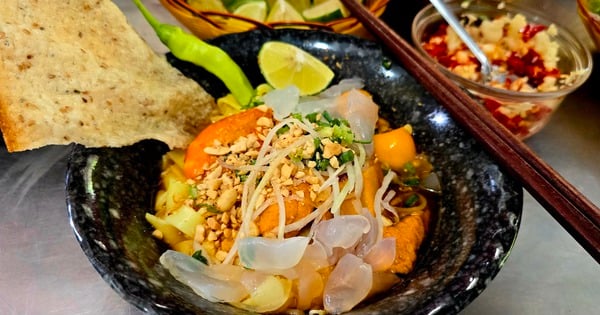
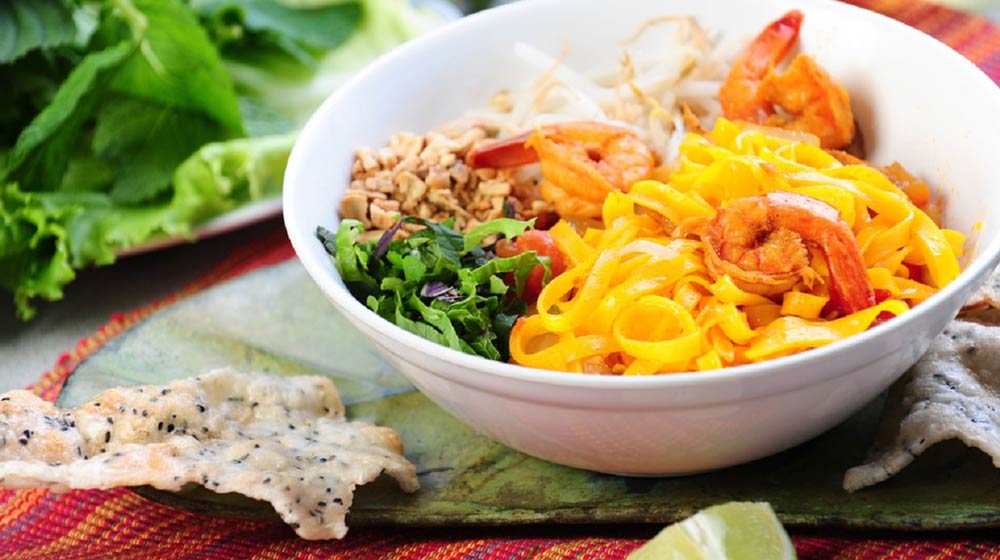
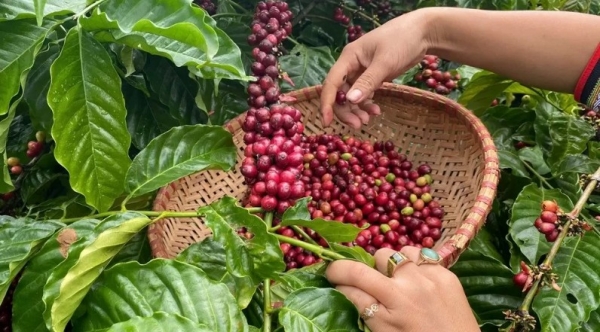
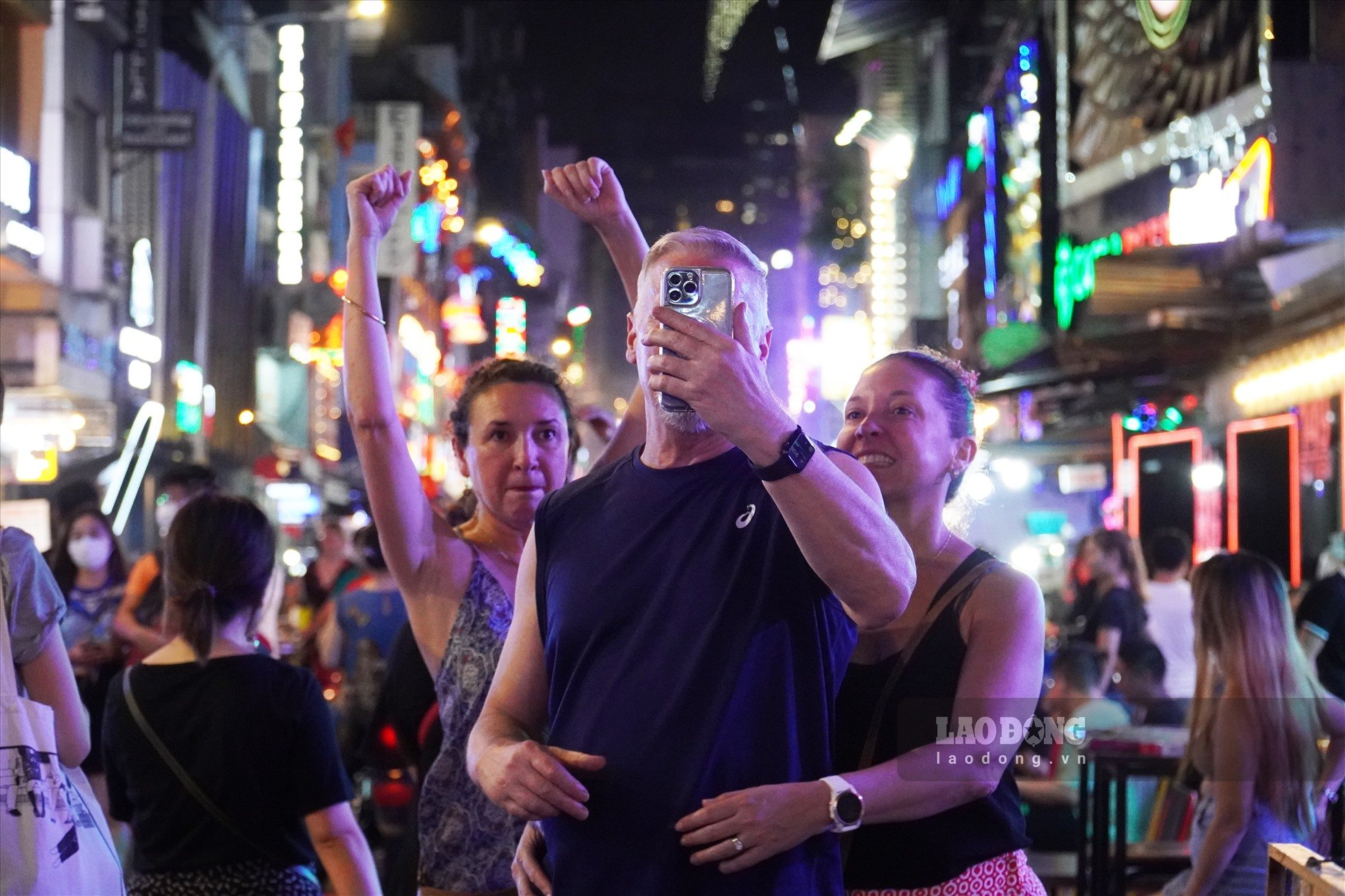

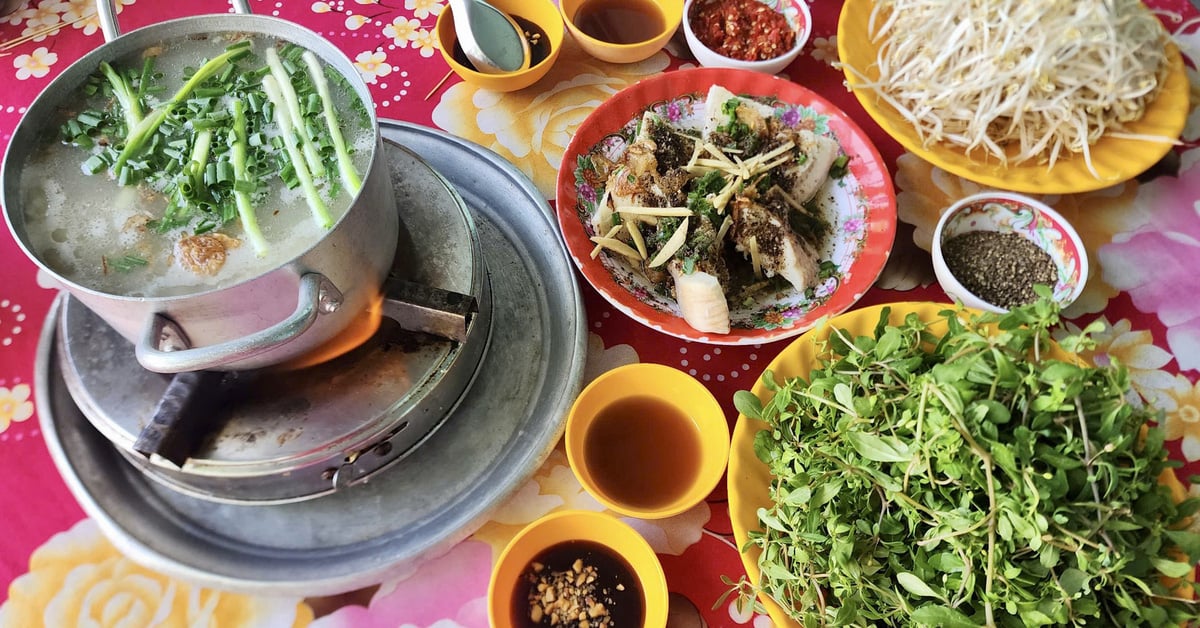






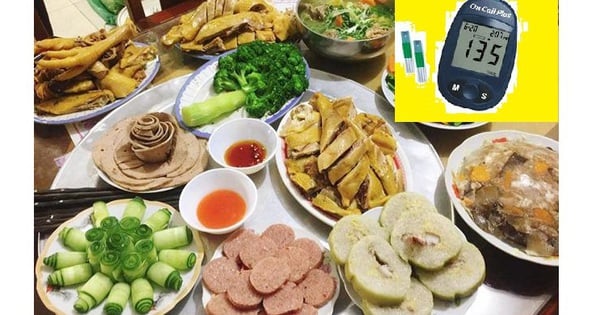

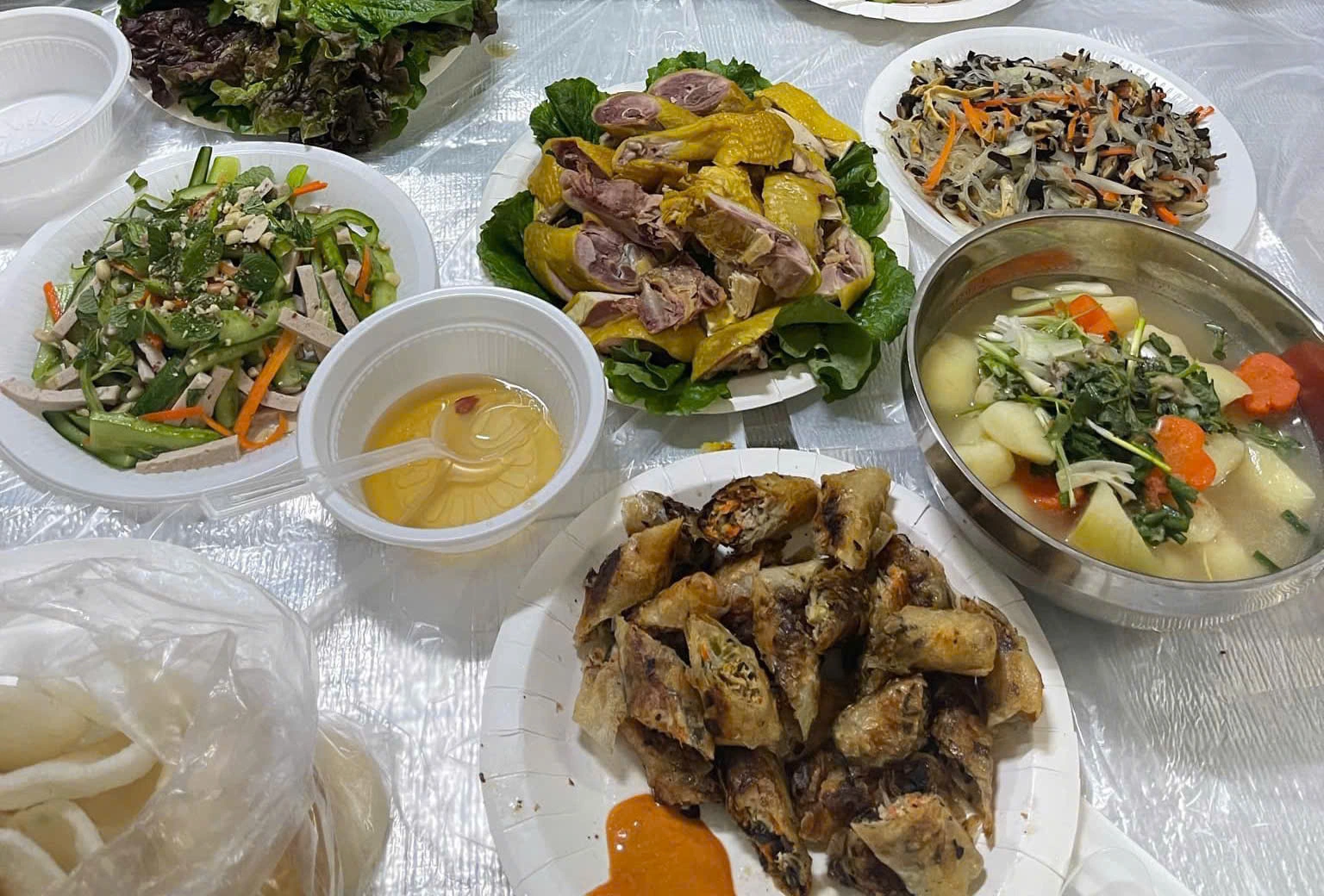


















Comment (0)